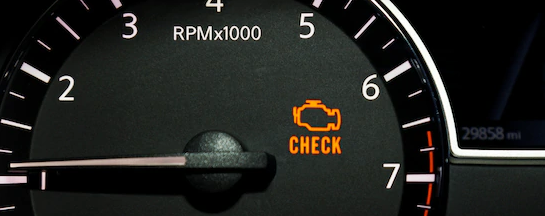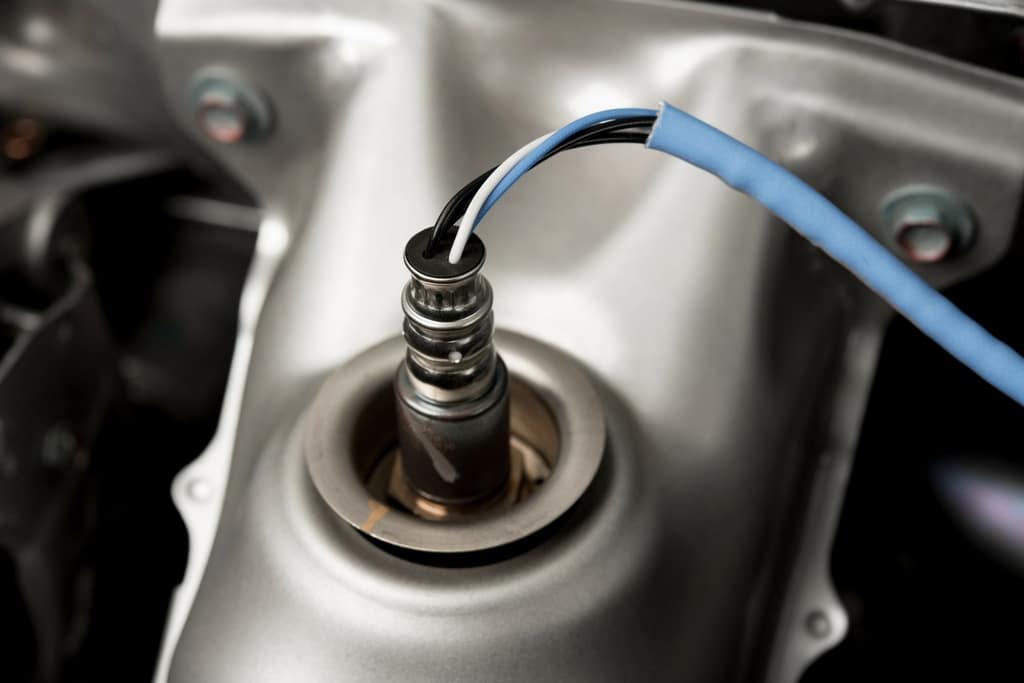Oxygen sensors play a crucial role in the smooth and efficient operation of modern cars. These small yet powerful devices monitor the level of oxygen in a vehicle's exhaust gases, providing essential feedback to the engine control unit (ECU). By continuously analyzing the oxygen content, oxygen sensors help maintain the optimal fuel-air ratio for combustion, ensuring maximum engine performance and minimizing harmful emissions.

What is an oxygen sensor?
An oxygen sensor, also known as an O2 sensor, is a tiny device nestled in your car's exhaust system. Its main job is to monitor the amount of oxygen present in the exhaust gases and provide vital information to your car's engine control unit (ECU). Think of it as the exhaust system's very own spy, watching over the air-fuel ratio like a hawk.
Oxygen sensors have come a long way since their inception. Back in the day, cars had a simpler design and didn't require the sophisticated technology we see today. But as environmental concerns and stricter emission regulations took center stage, car manufacturers had to find a way to make engines cleaner and more efficient. Enter the oxygen sensor! These clever devices were first introduced in the 1980s, and since then, they've become a staple in every car's exhaust system. Thanks to oxygen sensors, we can now enjoy better fuel economy, reduced emissions, and improved engine performance. It's like having a tiny environmental superhero hiding beneath your car.
As your car's engine burns fuel, it produces exhaust gases that contain a mixture of oxygen, carbon dioxide, carbon monoxide, and other byproducts. The oxygen sensor measures the oxygen content in these gases and generates a voltage signal that reflects the oxygen concentration. This signal is then sent to the ECU, which uses it to adjust the fuel injection and combustion processes. In simpler terms, the oxygen sensor tells your car's brain (the ECU) whether there's too much or too little oxygen in the exhaust, so it can make the necessary adjustments to keep everything running smoothly.
Most oxygen sensors use a ceramic element coated with a material like zirconia or titania. These coatings allow oxygen ions to pass through, creating a voltage difference between the inner and outer layers of the sensor. This voltage is what gets measured and used to determine the oxygen level in the exhaust gases. The sensor operates at high temperatures to ensure accuracy, which is why you'll find it near the engine or in the exhaust manifold. It's like having a brave little soldier braving the fiery depths of your car's exhaust system.
The fuel-air ratio in your car's engine has a huge impact on its performance and efficiency. Too much fuel, and you'll have a rich mixture that guzzles gas and spews out excessive emissions. Too little fuel, and you'll have a lean mixture that struggles to provide power and can cause engine damage. That's where the oxygen sensor swoops in to save the day. By constantly monitoring the oxygen level in the exhaust gases, it helps the ECU maintain the ideal fuel-air ratio for optimal combustion.
Oxygen sensors play a vital role in keeping your engine running smoothly and minimizing its environmental impact. When your engine operates with the correct fuel-air ratio, it generates more power, improves fuel efficiency, and reduces harmful emissions. This means you can enjoy a smoother driving experience, spend less money at the pump, and do your part in protecting the environment.

Check engine light and error codes
One of the first signs that your oxygen sensor might be on the fritz is when the check engine light comes on. This little warning light is connected to your car's computer system, which constantly monitors various components and sensors for any abnormalities. When your oxygen sensor starts acting up, it triggers the check engine light to let you know that something is amiss. You can also use an OBD-II scanner to read the error codes and get a more specific idea of what's going wrong.
In addition to the check engine light, a malfunctioning oxygen sensor can also wreak havoc on your fuel efficiency. A properly functioning oxygen sensor helps your car's engine determine the optimal fuel-to-air ratio for efficient combustion. But when the sensor goes haywire, it can provide inaccurate readings, leading to an incorrect fuel mixture. As a result, your car's fuel efficiency can take a hit, and you may find yourself spending more time and money at the pump. On top of that, a faulty oxygen sensor can cause increased emissions, polluting the air more than necessary.
When the sensor fails to deliver accurate readings, it can cause engine misfires and rough idling. Your car might hesitate or jerk during acceleration, and you may notice a rough, unstable idle when the engine is at a standstill. These symptoms can be quite frustrating and can even affect the overall performance of your vehicle. So, if your car seems to have developed a case of the "shakes," don't overlook the possibility of a faulty oxygen sensor.
Oxygen sensors have a tough job, constantly exposed to high temperatures and various contaminants in your car's exhaust gases. Over time, these sensors can become contaminated or damaged. Common culprits include oil and coolant leaks, which can coat the sensor and affect its performance. Additionally, exposure to certain chemicals and additives, such as silicone-based products, can cause sensor deterioration. Regular inspection and cleaning can help prevent contamination issues, but sometimes a replacement may be necessary.

How often should oxygen sensors be replaced?
Oxygen sensors typically have a lifespan of around 50,000 to 100,000 miles, but this can vary depending on various factors such as driving conditions and vehicle make. It is recommended to follow the manufacturer's guidelines and have the sensors inspected regularly for any signs of malfunction. If a sensor is found to be faulty or not performing optimally, it should be replaced promptly.

Importance of professional servicing
While some maintenance tasks can be done by car owners themselves, it's important to remember that oxygen sensor issues can sometimes be complex and tricky to diagnose. If you suspect a problem with your oxygen sensors, it's best to leave it to the professionals. Experienced mechanics have the expertise and tools to efficiently diagnose and resolve any sensor-related issues.
We kindly suggest considering Hillside Auto Repair as a reliable option for any issues pertaining to your vehicle's oxygen sensors. Our skilled team is sincerely dedicated to delivering a superior level of service. As a testament to our dedication to quality, we are pleased to offer an extensive 3 year/36,000 mile warranty along with our services, so you have peace of mind.